Known for Photography Siblings Charles Woodman Period Contemporary art | Role Photographer Name Francesca Woodman | |
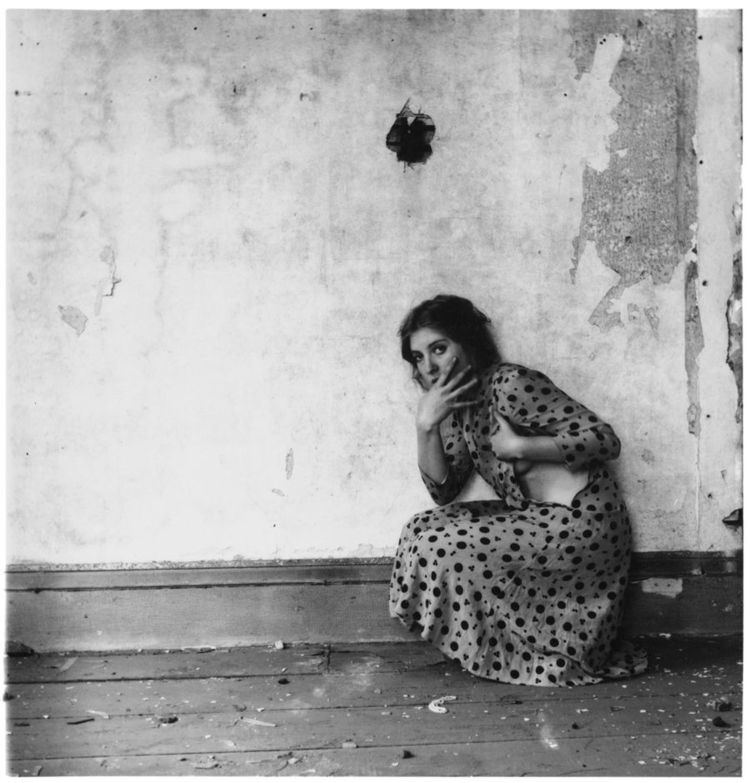 | ||
Parents George Woodman, Betty Woodman Similar People | ||
Francesca woodman photography
Francesca Stern Woodman (April 3, 1958 – January 19, 1981) was an American photographer best known for her black and white pictures featuring either herself or female models. Many of her photographs show young women who are nude, blurred (due to movement and long exposure times), merging with their surroundings, or whose faces are obscured. Her work continues to be the subject of much critical acclaim and attention, years after she died by suicide at the age of 22, in 1981.
Contents
- Francesca woodman photography
- Women in art francesca woodman
- Life
- Photographs 19721980
- Videos 19751978
- Some Disordered Interior Geometries 1981 book
- Exhibitions and books
- The films The Fancy and The Woodmans
- Popular opinion
- Influences
- References
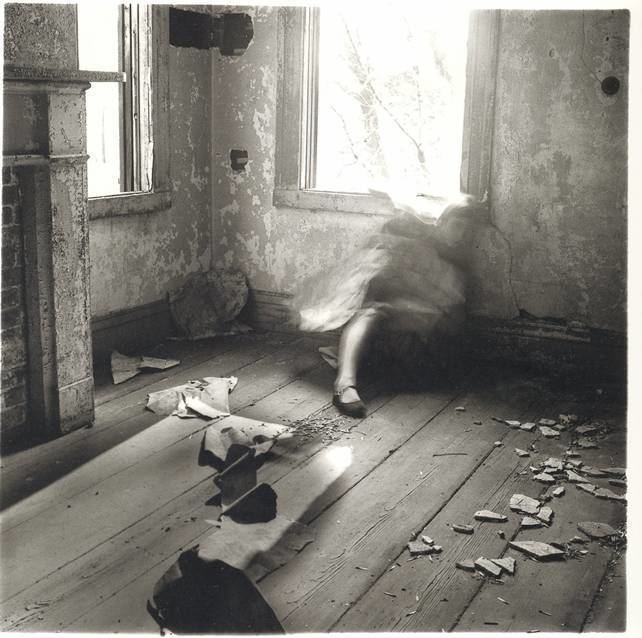
Women in art francesca woodman
Life
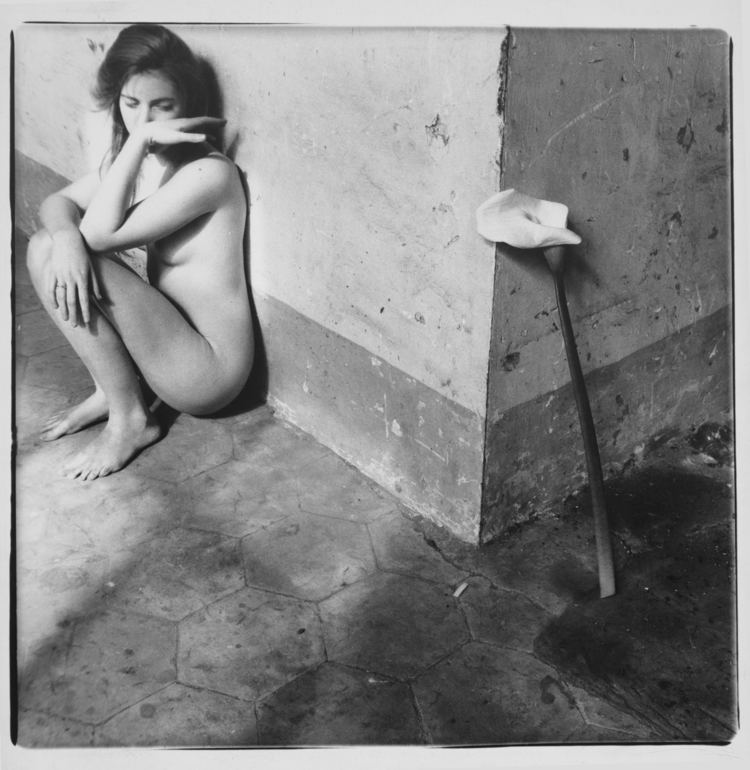
Woodman was born in Denver, Colorado to artists George Woodman and Betty Woodman (Abrahams). Her mother is Jewish and her father is from a Protestant background. Her older brother, Charles, later became an associate professor of electronic art.
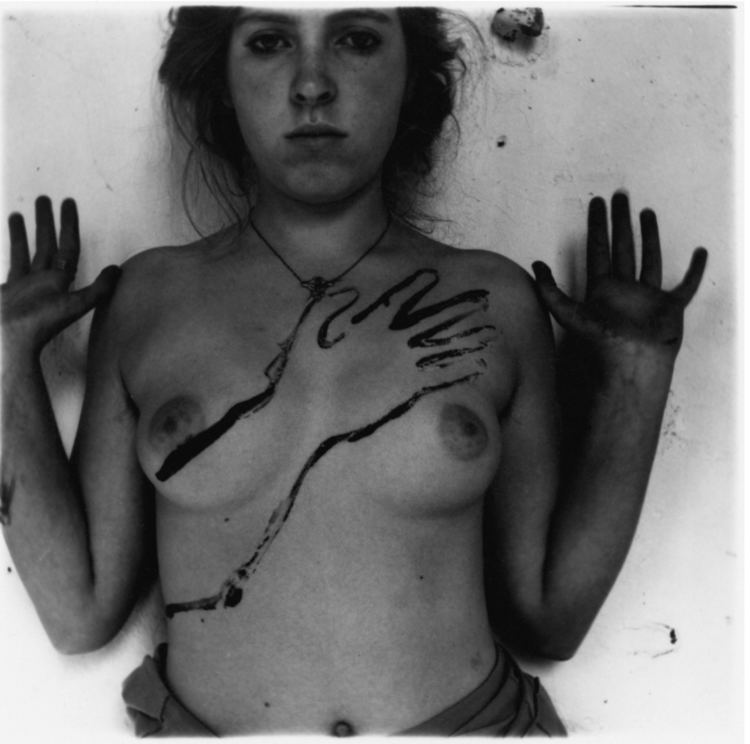
Woodman attended public school in Boulder, Colorado, between 1963 and 1971, except for second grade, which she attended in Italy, where the family spent many summers between school years. She began high school in 1972 at Abbot Academy, a private Massachusetts boarding school. There, she began to develop her photographic skills and became interested in the art form. Abbot Academy merged with Phillips Academy in 1973; Woodman graduated from the public Boulder High School in 1975. Through 1975, she spent summers with her family in Italy in the Florentine countryside, where the family lived on an old farm.
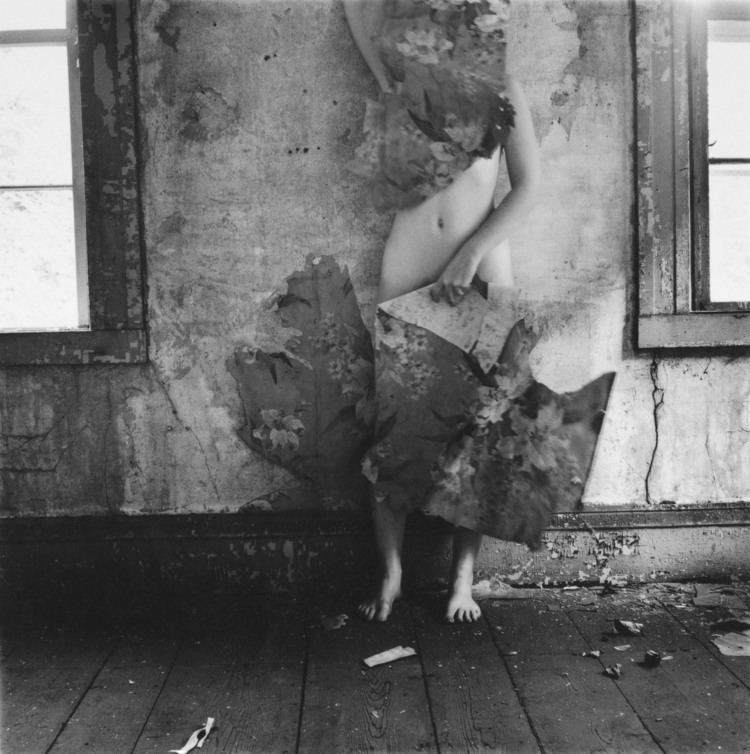
Beginning in 1975, Woodman attended the Rhode Island School of Design (RISD) in Providence, Rhode Island. She studied in Rome between 1977 and 1978 in a RISD honors program. Because she spoke fluent Italian, she was able to befriend Italian intellectuals and artists. She returned to Rhode Island in late 1978 to graduate from RISD.

Woodman moved to New York City in 1979. After spending the summer of 1979 in Stanwood, Washington whilst visiting her boyfriend at Pilchuck Glass School, she returned to New York "to make a career in photography." She sent portfolios of her work to fashion photographers, but "her solicitations did not lead anywhere". In the summer of 1980, she was an artist-in-residence at the MacDowell Colony in Peterborough, New Hampshire.
In late 1980, Woodman became depressed due to the failure of her work to attract attention and to a broken relationship. She survived a suicide attempt in the autumn of 1980, after which she lived with her parents in Manhattan.
On January 19, 1981, Woodman died by suicide, jumping out of a loft window of a building on the East Side of New York. An acquaintance wrote, "things had been bad, there had been therapy, things had gotten better, guard had been let down". Her father has suggested that Woodman's suicide was related to an unsuccessful application for funding from the National Endowment for the Arts.
Photographs, 1972–1980
Although Woodman used different cameras and film formats during her career, most of her photographs were taken with medium format cameras producing 2-1/4 by 2-1/4 inch (6x6 cm) square negatives. Woodman created at least 10,000 negatives, which her parents now keep. Woodman's estate, which is managed by Woodman's parents, consists of over 800 prints, of which only around 120 images had been published or exhibited as of 2006. Most of Woodman's prints are 8 by 10 inches (20 by 25 cm) or smaller, which "works to produce an intimate experience between viewer and photograph".
Many of Woodman's images are untitled and are known only by a location and date.
Videos, 1975–1978
At RISD, Woodman borrowed a video camera and VTR and created videotapes related to her photographs in which she "methodically whitewashes her own naked body, for instance, or compares her torso to images of classical statuary." Some of these videos were displayed at the Helsinki City Art Museum in Finland and the Marian Goodman Gallery in New York in 2004; the Cisneros Fontanals Art Foundation in Miami in 2005; the Tate Modern in London in 2007–2008; and the San Francisco Museum of Modern Art in 2011 (in an exhibition which will travel to the Solomon R. Guggenheim Museum in 2012). In the 2011–2012 exhibitions, the selected video works, each 23 seconds to 3 minutes 15 seconds in length, were entitled "'Francesca' x 2," "Sculpture," "Corner," "Trace," and "Mask."
Some Disordered Interior Geometries (1981 book)
Woodman created a number of artist's books, such as Portrait of a Reputation, Quaderno dei Dettati e dei Temi (Notebook of Dictations and Compositions), Quaderno (also known as Quaderno Raffaello), Portraits Friends Equasions, and Angels, Calendar Notebook. However, the only artist's book containing Woodman's photographs that was published during her lifetime was Some Disordered Interior Geometries. Released in January 1981 shortly before Woodman's death, it is 24 pages in length and is based upon selected pages from an Italian geometry exercise book. On the pages, Woodman had attached 16 photographs and had added handwriting and white correction fluid. A study of the book notes that Woodman occasionally re-drew a form "for emphasis or delight." A reproduction of the book's original spreads shows purple-pink covers, pages which vary slightly in color, and traces of pink on several pages. Although the published version of the book has purple-pink covers, the interior pages are printed using only black, white, and shades of gray.
In 1999, a critic was of the opinion that Some Disordered Interior Geometries was "a distinctively bizarre book… a seemingly deranged miasma of mathematical formulae, photographs of herself and scrawled, snaking, handwritten notes." An acquaintance of Woodman wrote in 2000 that it "was a very peculiar little book indeed," with "a strangely ironic distance between the soft intimacy of the bodies in the photographs and the angularity of the geometric rules that covered the pages." A 2006 essay described the book as "a three-way game that plays the text and illustrations for an introduction to Euclid against Woodman's own text and diagrams, as well as the 'geometry' of her formal compositions," while a 2008 article found the book "poetic and humorous, analytical and reflexive." A 2010 article on Woodman called the book "original and enigmatic," and a 2010 review stated of the book that "we are the richer for it."
Exhibitions and books
Woodman had only a few exhibitions during her life, some of which have been described as "exhibitions in alternative spaces in New York and Rome." There were no known group or solo exhibitions of her work between 1981 and 1985, but numerous exhibitions each year since then. Among her major solo exhibitions were:
Besides catalogues of the aforementioned traveling solo exhibitions and catalogues of solo exhibitions that did not travel, notable books by and about Woodman include:
The films The Fancy and The Woodmans
In 2000 an experimental video The Fancy, by Elisabeth Subrin, examined Woodman's life and work, "pos[ing] questions about biographical form, history and fantasy, female subjectivity, and issues of authorship and intellectual property." Reviewers noted that the video juxtaposes "formalism, biography, and psychoanalysis" and "hints at conspiracy, calling attention to the Woodman family's unwillingness to make the bulk of her body of photography available…."
A feature-length documentary The Woodmans, was released theatrically by Lorber Films on the thirtieth anniversary of her death, 18 January 2011. The director "had unrestricted access to all of Francesca’s photographs, private diaries, and experimental videos". Although the film won "Best New York Documentary" at the Tribeca Film Festival, Woodman's parents decided not to attend the premiere. Reactions to the film have been largely favorable. On the film review site Rotten Tomatoes, 94% of 17 critics' reviews were positive, and 83% of 793 user ratings were positive. It was broadcast on the PBS series Independent Lens on December 22, 2011.
Popular opinion
Public opinion has generally been favorable towards Woodman's work. At the 1998 exhibition in Paris, many people had "strong reactions" to her "interesting" photographs. A number of people have found Woodman's individual photos (for example "Self-portrait at 13") or her photography in general inspirational.
Influences
Among other factors, critics and historians have written that Woodman was influenced by the following literary genre, myth, artistic movement, and photographers:
